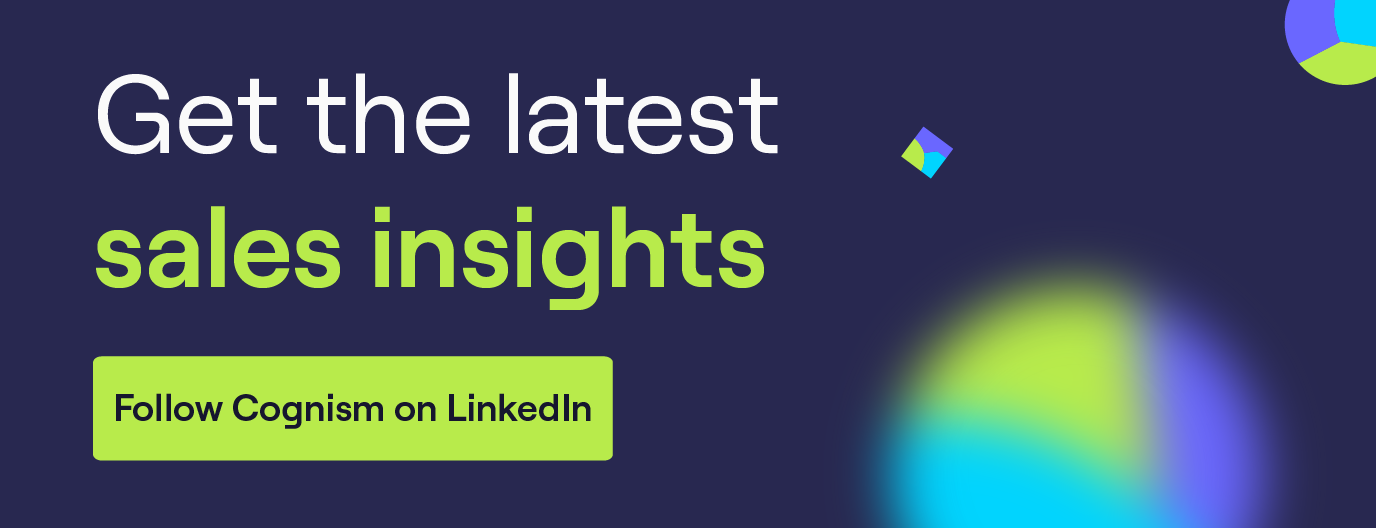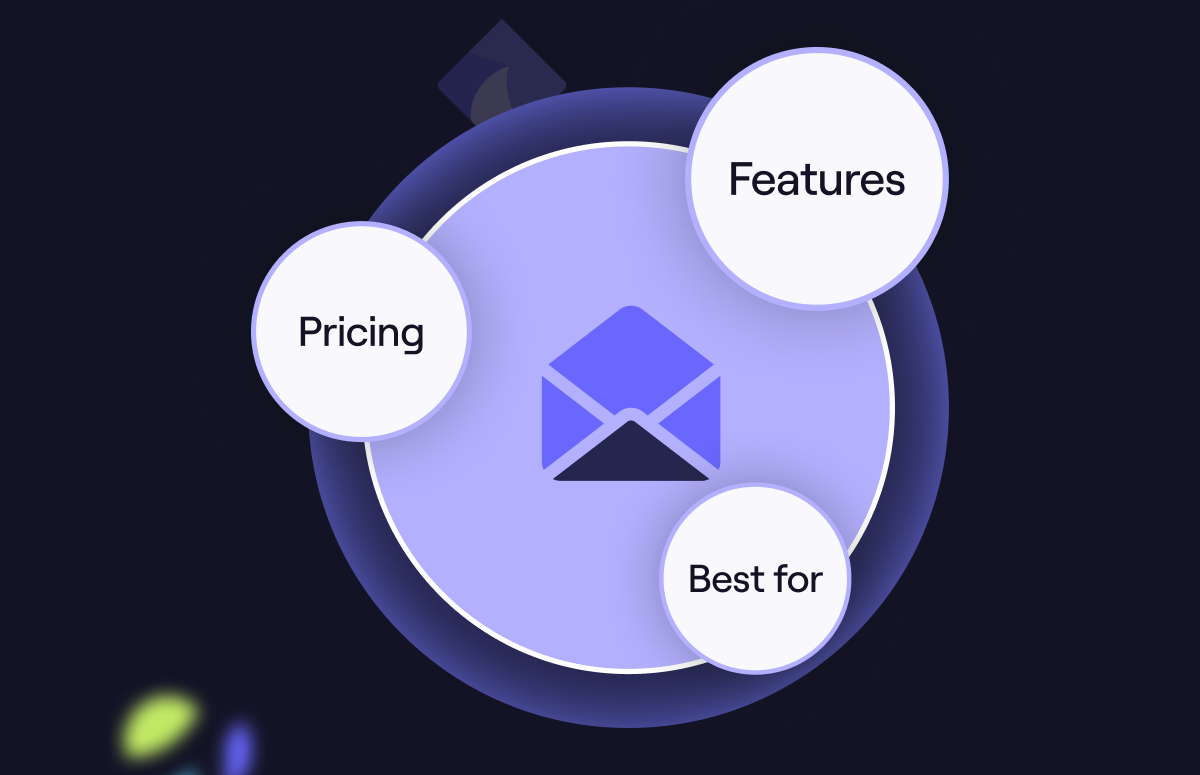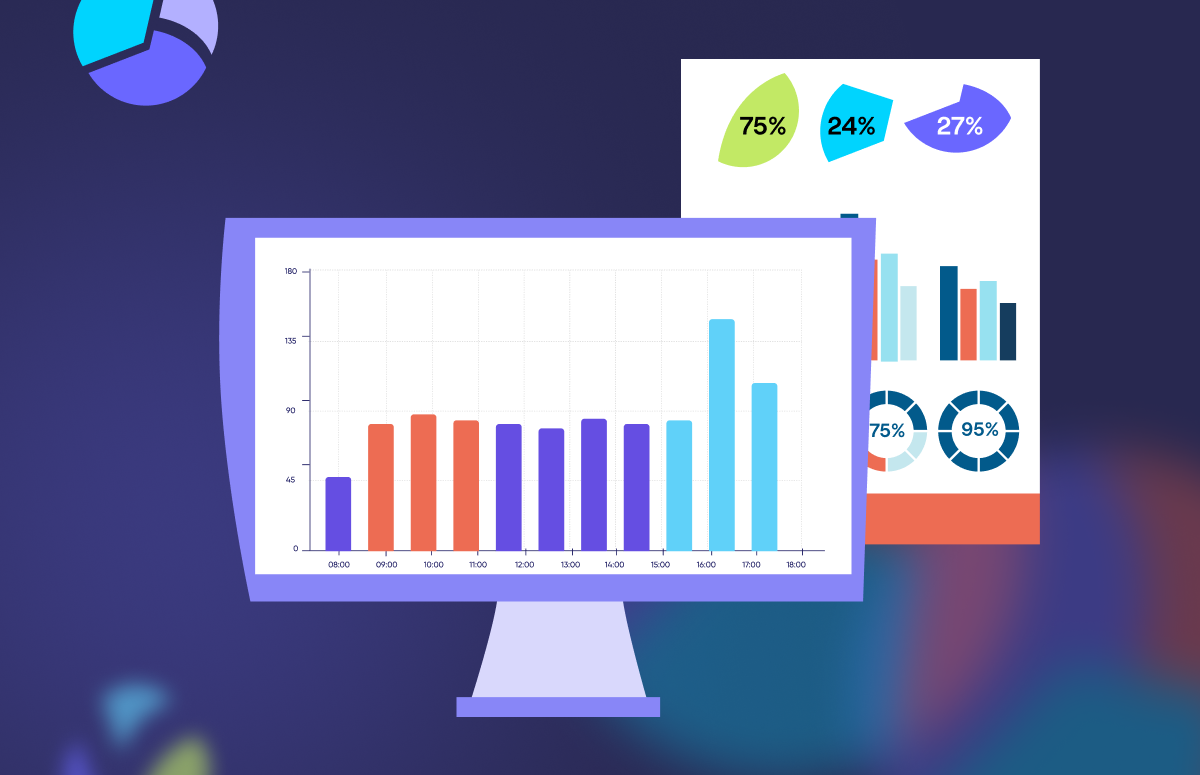How to Build a SaaS Sales Funnel in 9 Steps
SaaS businesses are becoming highly popular. They provide software and services through the cloud, making them easy for clients to access and use.
However, with the increasing number of SaaS businesses in the market, it’s tough to stand out and attract new clients. This is where a well-crafted SaaS sales funnel comes in handy.
What is a SaaS sales funnel?
A SaaS sales funnel is a selling process consisting of several stages or steps that a prospective buyer goes through before purchasing a product or service.
By building a solid sales funnel, SaaS business owners can capture the attention of their target customers, build trust and loyalty, and increase their chances of making a sale.
In this blog, we’ve compiled a detailed guide on how to build a powerful SaaS sales funnel in nine simple steps.
Keep reading to learn how to create a SaaS sales and marketing funnel that drives conversions and boosts revenue for your business 👇
How to create a winning SaaS sales funnel in 9 steps
1. Define your ideal customer
Before building a SaaS sales funnel, it’s crucial to understand and identify your ideal customer.
Knowing your prospective customers will let you craft a modern sales funnel based on their needs and preferences. As a result, it becomes much easier for SaaS businesses to convert them into paying customers.
To determine your audience, analyse your existing loyal customer base. Examine your most profitable customers and try to define some common characteristics, including their demographics, occupations, and pain points.
By building customer personas, you can better understand your target audience and develop marketing messages tailored to their needs.
To understand your target audience’s needs and pain points, make sure to:
- Run surveys.
- Gather customer feedback.
- Analyse social media conversations and trends related to your SaaS business.
This way, you can detect your audience’s challenges and develop solutions that address their needs.
For example:
If your SaaS product is a CRM tool, you may find your total addressable market struggles with effectively managing customer data or tracking customer interactions across various channels.
By revealing these pain points, you can craft a SaaS sales funnel that emphasises how your product solves these problems.
2. Create awareness
After defining your ideal customer, it’s time to come up with the best SaaS marketing strategies to create awareness.
In this step, you must ensure your potential clients know about your product and its benefits and realise how it can solve their pain points.
One effective way to spread awareness about your SaaS product is through search engine optimisation (SEO).
You need to optimise your website using relevant keywords. Keyword research tools can help you find the best keywords to target.
Your goal is to increase search engine rankings and attract potential buyers who are looking for solutions to their problems. This can only be achieved through on-page optimisation, including optimising page titles and meta descriptions.
Also, don’t forget about off-page optimisation. Implement link-building strategies to get quality backlinks from authoritative websites pointing to your site.
Famous platforms like Google Ads and Facebook Ads allow you to target your ideal customers according to demographics, interests, needs, and behaviour. This can be particularly beneficial if your B2B marketing budget is limited, since you can control your ad spending and monitor your return on investment (ROI).
In addition to investing in SEO and paid advertising, you can also use content marketing; it’s a powerful tool for creating awareness for your SaaS product.
By creating high-quality blog posts, infographics, and videos, you can establish your brand as an expert in your niche and attract buyers to your product.
For example:
If your SaaS product is a contract management tool, you could publish a blog post on “A Contract Management Guide for Remote Teams.”
This is valuable content; it can educate your audience while promoting your solution and boosting your website traffic.
3. Capture your leads
After generating enough awareness for your SaaS product, it’s time to think about how to capture leads.
In this step, you will need to create a landing page, leverage the power of a lead magnet, and collect information about your site visitors using a lead capture form.
A landing page is a web page that companies use to capture leads. It should be simple and visually appealing, encouraging visitors to take a desired action, such as filling out a form.
However, making potential clients fill out a form isn’t easy. You must make an effort when building a landing page. A perfect landing page has the following:
- A clear headline.
- An appealing offer.
- A solid CTA.
Another effective way to entice visitors to opt-in is by offering a valuable lead magnet, which can take different forms. For example, free downloadable podcasts or guides.
Share these lead magnets in exchange for prospect email addresses or other contact information. Most importantly, make your lead magnet relevant to your B2B target audience.
Once visitors decide to interact with your lead magnet, you should collect their information using a lead capture form. Here are some tips:
- The form should be simple and only ask for the most important information, such as name and email address.
- Avoid asking for too much information, as this can discourage visitors from completing the form.
For example:
Let’s suppose your SaaS business model provides a time management tool for small businesses. To capture leads, you could offer a free eBook titled “10 Time Management Hacks for Small Business Owners” on a landing page.
The landing page will have:
- A clear headline.
- A brief description of the eBook.
- A form where visitors can fill out their name and email address in return for downloading the free resource.
Once the visitor fills out the form, they receive an email with a link to download the eBook and a CTA to sign up for a free trial of your time management tool.
After capturing leads, take appropriate steps to prevent lead leakage.
In the next step, we’ll discuss how to nurture leads in a few actionable ways 👇
4. Nurture your leads
As previously mentioned, it’s important to cultivate potential customers in order to convert them into paying clients.
Nurture campaigns can help educate customers on your product, build trust and loyalty, and make your brand memorable.
Here are some strategies for nurturing leads:
Start an email sequence to engage with potential customers
One of the most efficient ways to nurture prospects is by setting up email campaigns.
Create a series of automated emails that provide helpful content, like blog links, white papers, and case studies. Make sure the content is relevant to your prospects’ needs and addresses their pain points.
Provide useful content that addresses your prospect’s pain points
In addition to email sequences, you can also create content that educates and engages your potential customers.
Content can take different forms. It could be a webinar, video, or blog that gives insights into your industry. By providing your prospects with value, you’ll build trust with them and position yourself as a thought leader in your field.
Use retargeting ads to impress your prospects
Retargeting ads can help you leave a lasting impression on those prospects who have visited your website but haven’t converted yet.
You can remind them of your brand by showing them relevant ads on social media or other websites.
For example:
If someone visits your pricing page but doesn’t sign up, you can retarget them with ads that offer a free trial or emphasise your product’s benefits.
It’s important to note that nurturing B2B buyers doesn’t happen overnight. It takes time to see good results. It also requires patience and consistency. Not every prospect will convert immediately.
However, with the above-mentioned lead nurturing strategies, you can increase the chances that they’ll eventually become customers.
5. Convert leads into sales
If you’ve successfully utilised the above lead nurturing strategies, your audience is already familiar with your SaaS business.
Now’s the time to convert prospects into paying customers.
In this step, we’ll discuss the strategies for bringing leads into your sales pipeline 👇
Create a free trial offer that showcases your product’s value
Offering a free trial is a fantastic way for prospects to test your product and see how it can help solve their problems.
If you showcase your product’s usefulness, you’ll convince people to become loyal customers. Make it easy for your targets to sign up for your free trial. Many companies widely use this tactic and track the key performance indicator, free trial conversion rate.
For example:
Grammarly offers a free trial of its writing assistant tool, which provides people with tips on improving their writing. This way, customers can experience the tool’s value and understand how it can benefit them.
Use testimonials and case studies to build trust
Customer testimonials and case studies are powerful tools to help SaaS businesses build trust with their audience segments.
This tactic (also called social proof) showcases positive reviews and client success stories.
When people see that others have had good customer experiences with your product, they’re likelier to trust your company and purchase from you.
So, make sure to include a few customer reviews on your website, social media platforms, and email campaigns.
Offer pricing options and plans that meet different customer needs
Different customers have different interests, budgets, and concerns about pricing. Therefore, it’s essential to offer a few pricing options that can meet their requirements.
Many famous SaaS businesses, including Mailchimp, offer several pricing plans, each with different features and pricing options. This lets customers choose a plan they can afford.
You could also offer a 14-day free trial as a means of attracting qualified leads to your brand.
6. Have a smooth customer onboarding
The next step in creating a SaaS sales funnel is onboarding.
At this stage, you need to help your customers use your product. It’s vital to make onboarding as easy and straightforward as possible for your customers. You should make them feel confident and excited about using your product. A messy onboarding process can quickly turn them off.
You should also prepare onboarding materials for your customers - such as blogs, eBooks, or videos explaining how to use each key feature properly. Make sure that you equip your customers with all the necessary information they need to get the most out of your product.
In addition to these, you should also provide customers with personal support. This could be in the form of one-on-one calls, product demos or chat support. This will allow your customers to contact you whenever they face issues while using your product.
A smooth and personalised onboarding process will increase customer satisfaction scores and ensure your customers get the most out of your SaaS product.
7. Try upselling and cross-selling
You’re mistaken if you think onboarding is enough to build strong relationships with customers!
Have you tried upselling and cross-selling?
- Upselling is a sales technique that offers customers a higher-priced or more advanced version of the product they already purchased.
- Cross-selling is about providing customers with complementary products or services that enhance their experience.
Knowing your customers’ interests and preferences is essential for effective upselling and cross-selling.
Use the B2B data you’ve collected through your software sales funnel to create personalised offers for each customer.
For example:
If you offer social media management software and a customer shows interest in a specific feature during onboarding, create an upsell offer that showcases how that feature will enhance their social media marketing efforts.
Another powerful tactic is creating bundle offers with complementary features or services.
For example:
If you offer email marketing software, create a bundle that includes a social media management tool. This will allow customers to manage their email and social media marketing in one place.
Don’t forget to keep customers’ budgets and needs in mind when creating upsell and cross-sell offers. Don’t push a pricey upgrade on a customer who doesn’t need it or can’t afford it.
Instead, offer options that meet their specific needs and are budget-friendly at the same time.
8. Remember to follow-up
Following up with your customers is a crucial step in building a SaaS sales funnel. You want to ensure they’re satisfied with your product.
One way to do this is to send a welcome email after signup. In this message, show your appreciation to your email subscribers for their purchase and provide them with any other information they may need to get started with your product.
A welcome email is also an excellent opportunity for SaaS businesses to showcase any additional features or resources customers might need.
In addition to sending a welcome email, you should also ask for customer feedback and reviews. Ask them to share their honest opinions.
This way, you’ll learn what works well and what needs improvement.
9. Measure and improve
Okay, so you’ve crafted and implemented your SaaS sales funnel - but the work isn’t over yet!
Measuring and optimising the funnel regularly is vital to ensure it effectively converts prospects into customers.
To do so, make sure to use tracking and analytics tools. These tools will enable you to track key performance indicators (KPIs), such as website traffic, conversion rates, and customer behaviour. Google Analytics is a popular and free tool that allows you to track sales funnel metrics.
Analyse the data you collect from your tracking and analytics tools. They’ll help you gain insights into how well your sales funnel is performing. Look for areas of the funnel that may have a high drop-off rate, indicating that there might be an issue you need to fix.
Conversion rates are a key metric to track. Analyse them at each funnel stage to identify areas for improvement.
For example:
If your customer churn rate is high shortly after onboarding, then it could mean your onboarding process/tutorials need a refresh.
SaaS sales funnels: the last word
In conclusion, building a successful SaaS sales funnel is crucial for business growth and success.
Follow the nine steps outlined above and you will build an effective funnel that helps you convert potential leads into paying customers.



